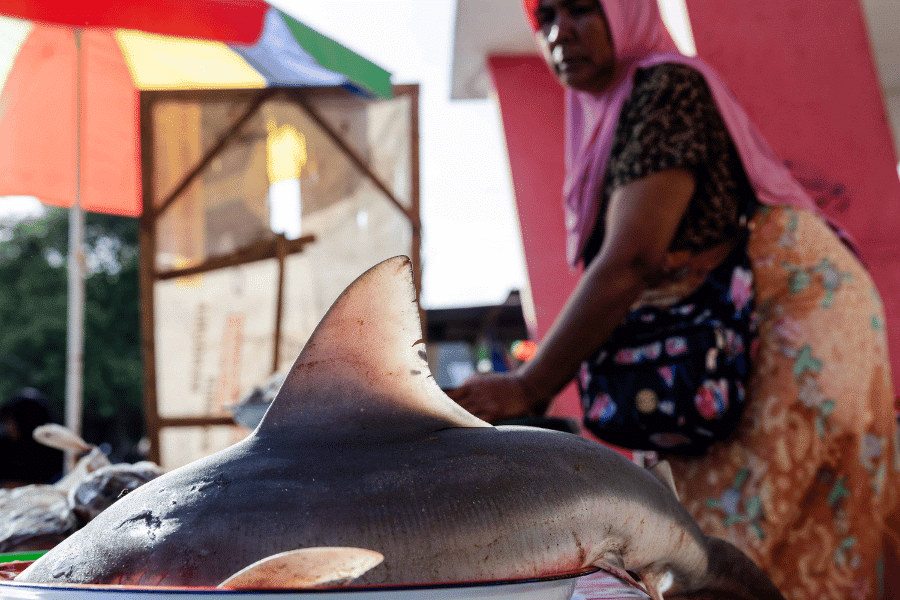
by Garry Lotulung | 17 Jun 2025 | Asia, Environment, Photojournalism
All parts of a shark can be eaten. Some parts are worth a whole lot of money and that makes them hunted and endangered. Can sharks and shark eaters coexist? A freshly-caught shark is displayed for sale a traditional market in Tanjung Luar, on the Indonesian island of...

by Garry Lotulung | 30 Jan 2025 | Asia, Environment, Photojournalism
In remote villages live some of the last nomadic tribes in Indonesia. But nickel mining is disrupting their lives and poisoning their land. Bawehe Bidos, 68, from the O’Hongana Manyawa tribe poses for a photo in a remote Indigenous village in the Halmahera...

by Garry Lotulung | 24 Sep 2024 | Environment
On the island of Java, climate change has disrupted the traditional weather cycles, leaving residents trying to figure out how to survive months without rain. Desi (27) carries Tiffany, her child while taking water from the only source of water by sucking it up and...

by Garry Lotulung | 9 Feb 2024 | Environment, Science
The Javan slow loris is incredibly cute and critically endangered. They are easy to hunt and sell on the illegal market. Rehabilitating them takes more effort. A Javan slow loris before its release in a cage habituation enclosure at Gunung Halimun Salak National Park...

by Garry Lotulung | 11 Dec 2023 | Asia, China, Educators' Catalog, Environment
Massive industrial complexes for nickel mining have transformed an Indonesian island long home to fishing villages and school children. Workers walk near excavators to gather soil containing nickel ore at PT Virtue Dragon Nickel Industry, a nickel processing complex...
Understanding nuance and context is a critical skill to develop in young people. In this photo essay from guest writer Garry Lotulung, students learn about the impact of the green transition on local communities in Indonesia, where nickel is mined to produce batteries for electric cars. Globally, transitioning to renewable energy is a positive — what’s the impact for Indonesians on the ground?
Exercise: In groups of 2-3, students will engage in a See-Think-Wonder activity with the photos in the article’s gallery. Each group will focus on a different photo, logging first what they see in the image, what they think is happening and what they wonder about after examining the image. The see stage develops students’ observation skills and focuses on gathering information without making interpretations. The think stage helps students develop critical thinking by interpreting and coming to conclusions using visual evidence in the photo. The wonder stage prompts inquiry and intellectual curiosity. After the See-Think-Wonder activity, read the article as a class.





